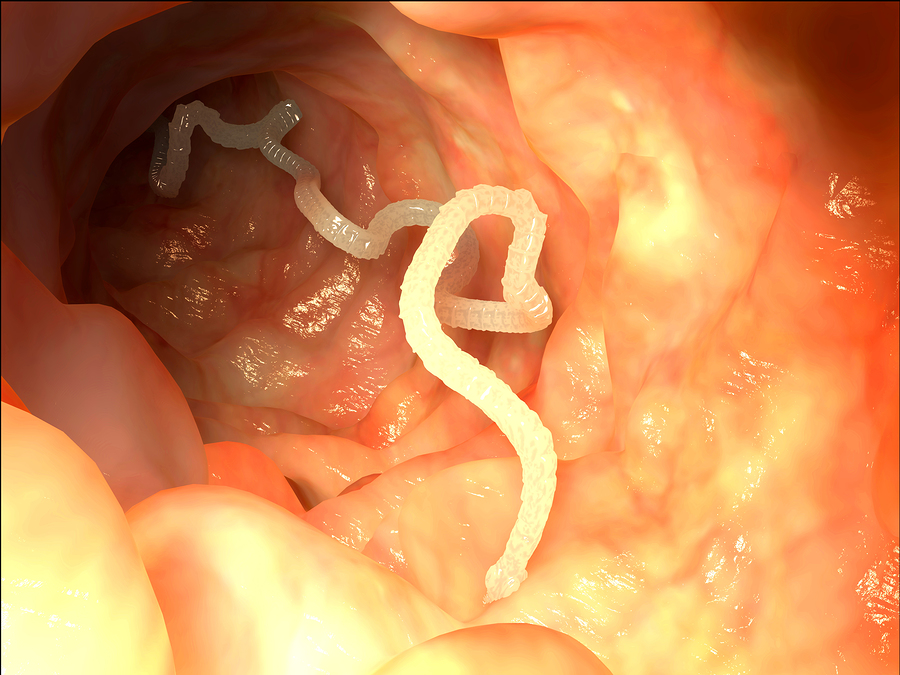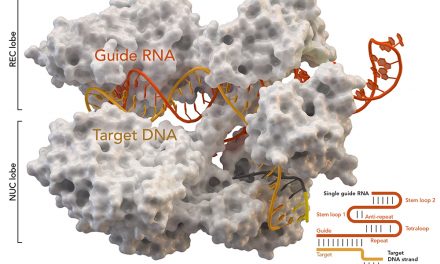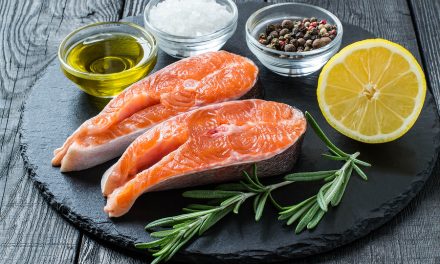No matter who you are or where you live, the word ‘cancer’ evokes a visceral fear. No one wants to be told they have cancer. Once diagnosed, normalcies of life, personal dignity, and dreams for the future can all go out the door. As much as cancer is invasive to the human body, the disease also disrupts the psyche, well-being, and vitality of people who are affected.
One woman from Alberta, Canada, knows all too well the fear, loss, and disruption cancer can play in a person’s life. Speaking out in 2020, she shares her very unlikely cancer journey that has left her with both a new perspective and lease on life.
The Diagnosis
Cassidy Armstrong, 36, had been experiencing intermittent right-sided stomach pain over several years. She went to her doctor, but blood tests and x-rays showed nothing abnormal. It was not until 2019 when Armstrong lost 25 pounds, began having digestive issues, couldn’t sleep, and developed anemia (low blood levels) that she pressed the issue with her medical team. Thinking she had gall stones, she asked for an ultrasound.
The ultrasound scan finally found what had been causing her pain – a grapefruit-size mass growing on her liver. Doctors deemed the mass was a form of malignant cancer, called fibrolamellar carcinoma. Though rare, this form of liver cancer commonly impacts people under the age of 40.
“I was shocked. I wasn’t feeling well, but there was something in the back of my head that said, ‘Really?’” Armstrong recalled to TODAY. “I believed them because they’re doing their best based on [the evidence].”
RELATED STORY:
RELATED STORY:
After Surgery…
Doctors immediately prepped Armstrong for surgery, in the hopes of avoiding the further spread of cancer. Once inside the operating room, her medical team took a sample of the mass, removed her gallbladder, two-thirds of her liver, and a couple of nodules around her lungs. They sent off the sample for testing to confirm their cancer diagnosis.
However, the whole medical team and Armstrong were shocked when a few days later the tests revealed the mass was a tapeworm parasite. Based on the size of the tapeworm, it was suspected the parasite had been growing over 10 to 15 years. Before this moment, Armstrong told TODAY, “I was getting ready for the worst, I was getting ready to die.”
Armstrong wonders now if she picked up the parasite when working a job that required her to repair farm equipment. When doctors gave Armstrong the news, she said, “I wasn’t sure what to think. I asked them, ‘Is this good?’ and they said, ‘It’s much better than what we thought you had.” Now, Armstrong is taking an anti-parasitic drug to keep a revival of the tapeworm at bay. She also has been assigned to a doctor with a specialization in infectious diseases in her hometown of Edmonton.
RELATED STORY:
What Is Tapeworm?
The alveolar echinococcosis (AE) tapeworm is a rare form of parasite commonly found in the northern hemisphere of the world. Cases of AE tapeworm have been reported in the past in Montana, Ohio, Alaska, and Canada. The risk of transmission for the parasite is greatest after the consumption of tapeworm eggs, which can be found in the feces of wild animals (foxes, coyotes, rodents), among some household pets, and unwashed produce (berries, herbs). Especially high-risk professions for contamination include farmers, veterinarians, and hunters.
Like Cassidy, the majority of people with AE tapeworm present with a tumor-like cyst in or around the liver, but involvement with other organs is possible. Signs and symptoms, like pain and discomfort in the abdomen, weakness, and unexplained weight loss, may take years to develop. Sadly, it is not uncommon for an AE tapeworm to be mistaken as cancer, liver disease, or liver failure.
If you are at high risk of the development of an AE tapeworm and are symptomatic, seek a healthcare provider. Imaging and blood tests may indeed confirm an AE tapeworm – which then can require emergency surgery, medication, and continued medical monitoring to treat. If left untreated too long, an AE tapeworm can be fatal to hosts. To prevent transmission, good hand-washing, regular cleaning of produce, and keeping a healthy distance from wildlife will all help!
*Article originally appeared at Healthy Holistic Living.












